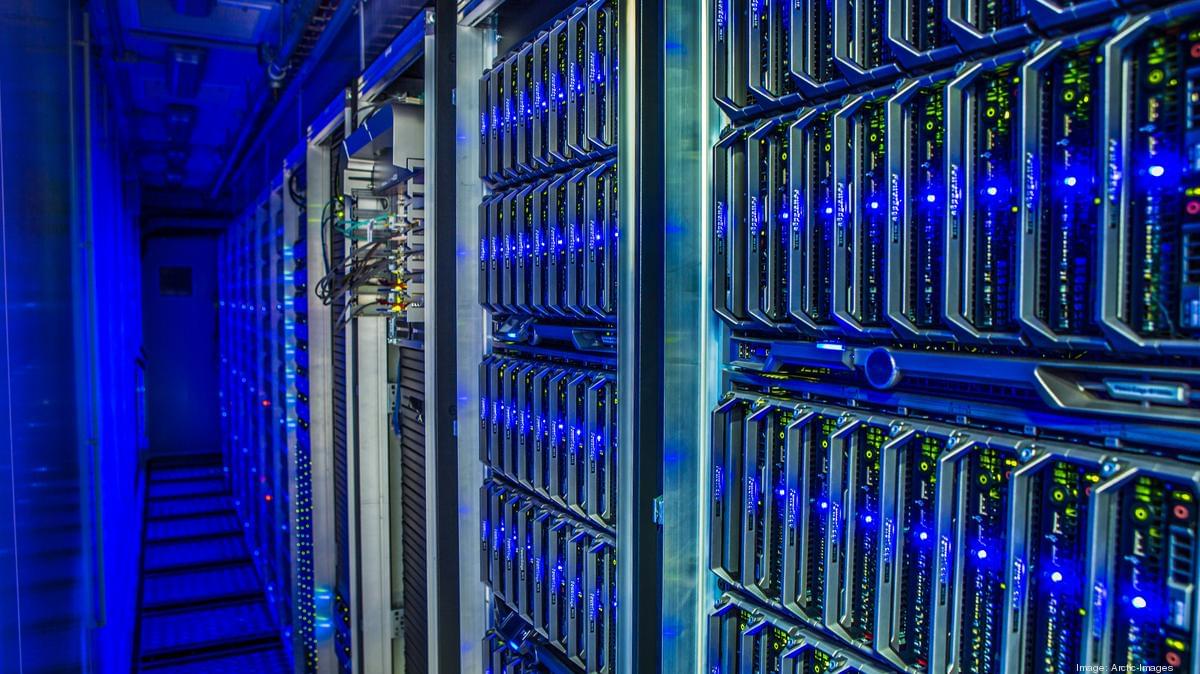Elon Musk has given the next-generation Tesla Roadster a clear label, the best of the last of the human-driven cars” in a recent discussion.
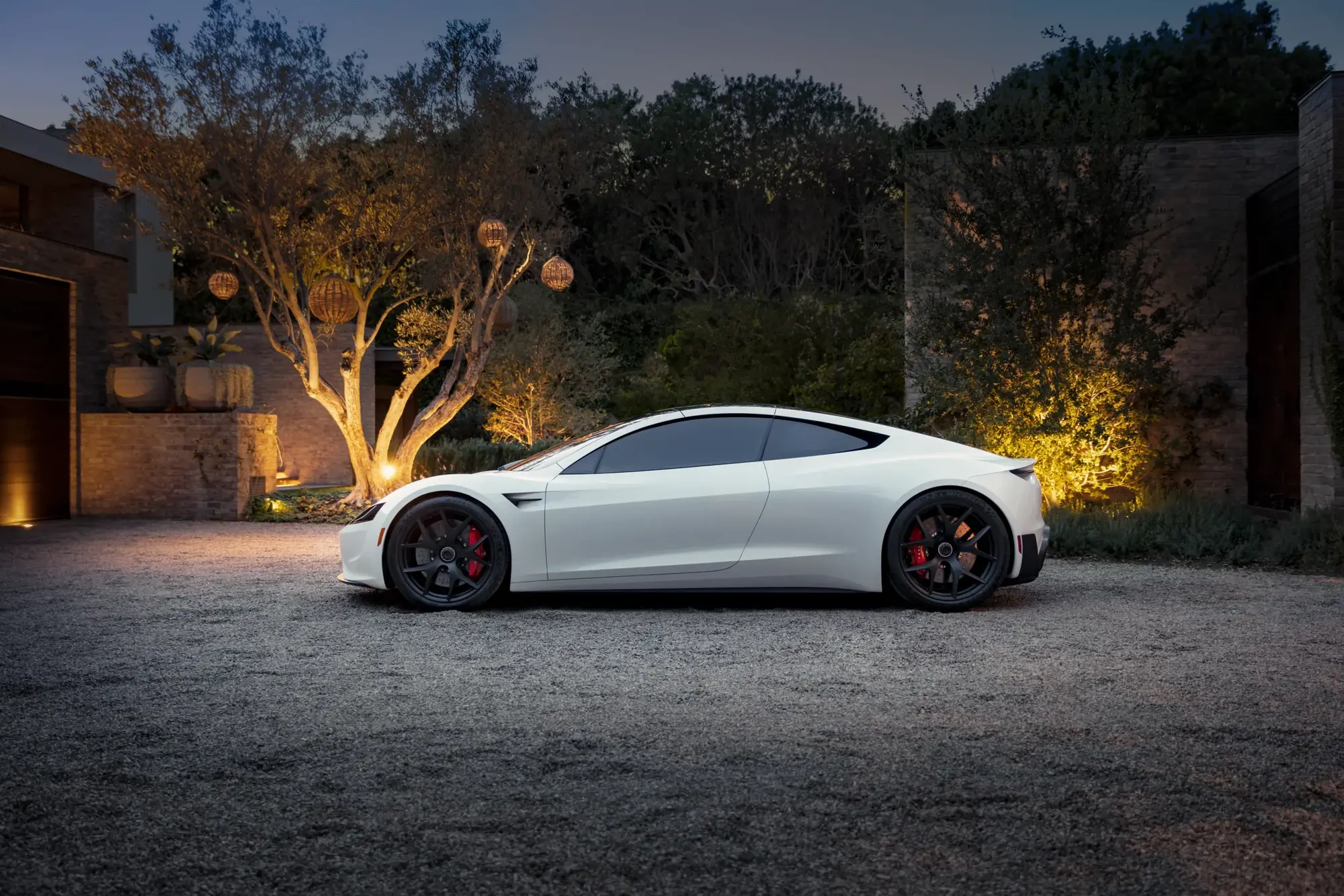

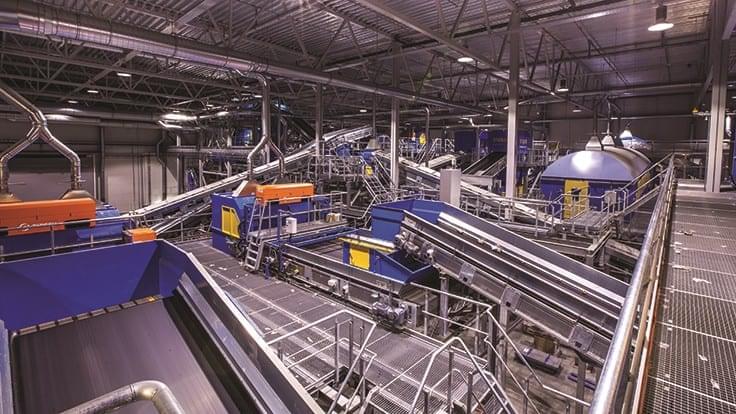
When fully automated waste and recycling facilities were just a concept in the industry, Norwegian municipal solid waste (MSW) hauling company Romerike Avfallsforedling (RoAF) turned the concept into a reality.
Powered by a sorting system installed by Germany-based Stadler Anlagenbau GmbH, RoAF opened the world’s first fully automated mixed waste processing facility in 2016 in the village of Skedsmokorset, just outside of Oslo, to help meet the needs of Norwegian municipalities that were facing high labor costs. While the concept was three years in the making, Stadler needed just three months to complete construction of the facility.
RoAF collects household and food waste from 10 municipalities in Norway, including Skedsmo, which boasts a population of roughly 53,000 people. When waste arrives at the automated plant, it’s first fed onto a conveyor, which delivers the waste into the sorting plant.
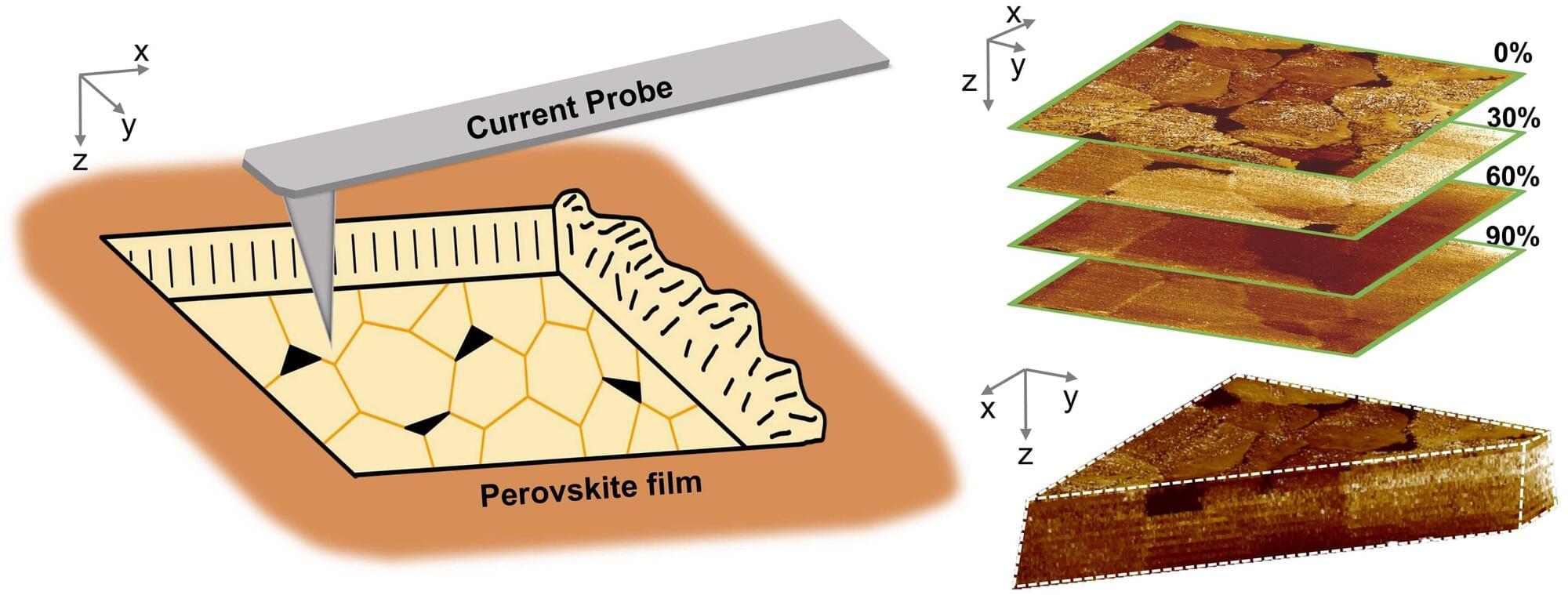
Perovskite solar cells have garnered widespread attention as a low-cost, high-efficiency alternative to conventional silicon photovoltaics. However, defects in perovskite films impede charge transport, resulting in energy loss and compromised operational stability.
One solution to this problem is “passivation treatment”—a process that adds chemicals such as simple salts or organic molecules to the film. These small molecules or ions latch onto defects in the perovskite material, preventing the defects from interfering with electrical flow. Unfortunately, verifying the internal efficacy of various passivation treatments remains challenging since most characterization techniques only probe the surface or provide averaged macroscopic information.
Now, however, researchers at the Ningbo Institute of Materials Technology and Engineering (NIMTE) of the Chinese Academy of Sciences (CAS) have made an important breakthrough by developing a three-dimensional (3D) electrical imaging technique that directly reveals how defect passivation treatments work in perovskite films. The study was published in Newton on December 31.
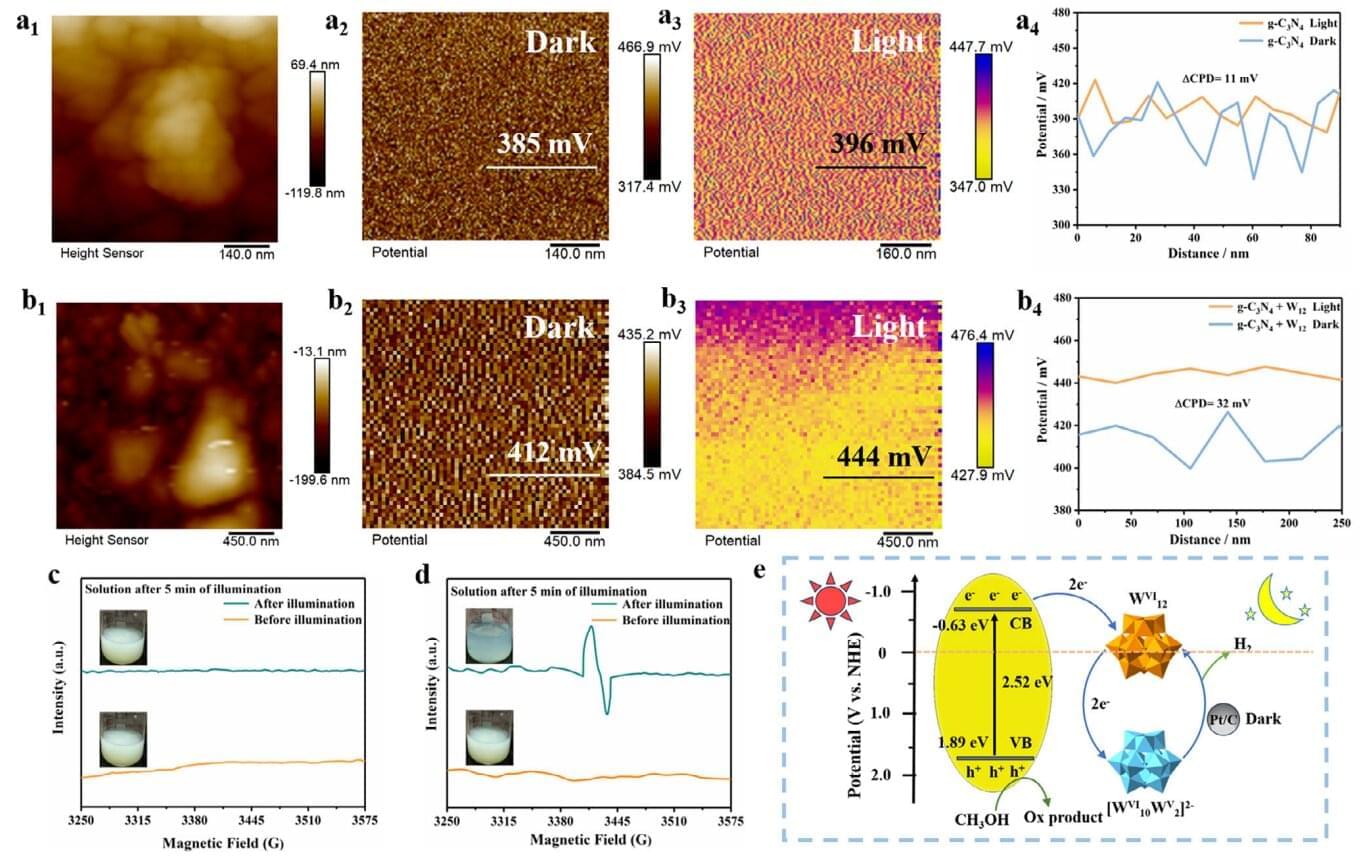
Hydrogen, the lightest element on the periodic table, is a master of escaping almost any container it’s stored in. Its extremely small size allows it to squeeze through atomic-scale gaps in the storage materials, which is one of the major issues hindering hydrogen energy from becoming mainstream.
A team of Chinese researchers has solved the issue of containment with on-demand hydrogen production. They developed a simple chemical system containing commercial ammonium metatungstate (W12) and graphitic carbon nitride (g-C3N4) in a liquid suspension. This system captures solar energy and, rather than converting it into electricity, uses it to produce hydrogen fuel on demand—even in darkness.
The new system provided twofold benefits: it made solar energy available even when the sun isn’t shining, and it eliminated the need to transport hydrogen in dangerous, high-pressure tanks.

Thousands of glaciers will vanish each year in the coming decades, leaving only a fraction standing by the end of the century unless global warming is curbed, a study showed on Monday.
Government action on climate change could determine whether the world loses 2,000 or 4,000 glaciers annually by the middle of the century, according to the research.
A few degrees could be the difference between preserving almost half of the world’s glaciers in 2100—or fewer than 10%.

A research team led by Professor Kanghyun Nam from the Department of Robotics and Mechanical Engineering at DGIST has developed a physical AI-based vehicle state estimation technology that accurately estimates the driving state of electric vehicles in real time.
This technology is viewed as a key advancement that can improve the core control performance of electric vehicles and greatly enhance the safety of autonomous vehicles. The work was conducted through international joint research with Shanghai Jiao Tong University in China and the University of Tokyo in Japan.
The work is published in the journal IEEE Transactions on Industrial Electronics.
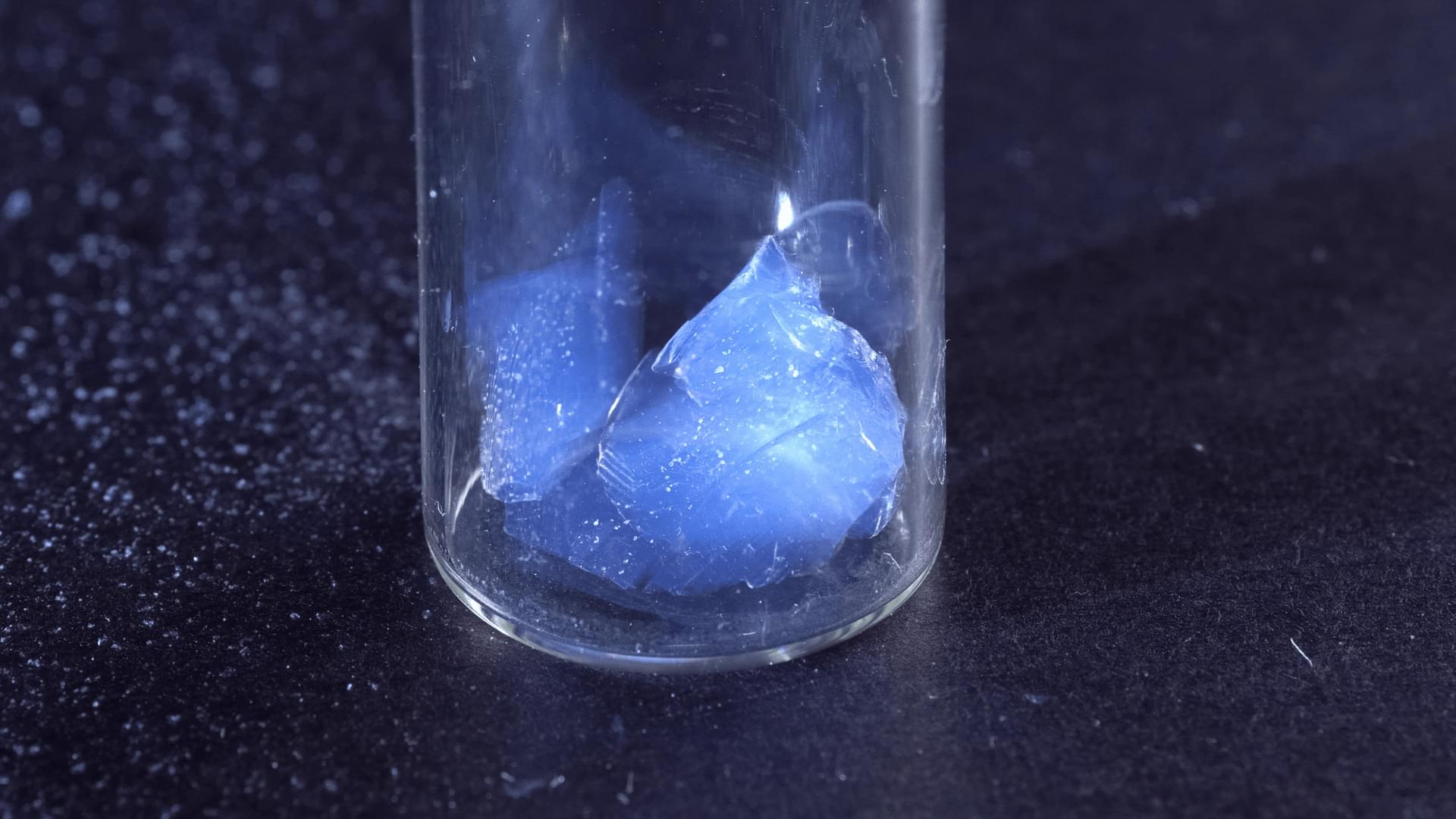
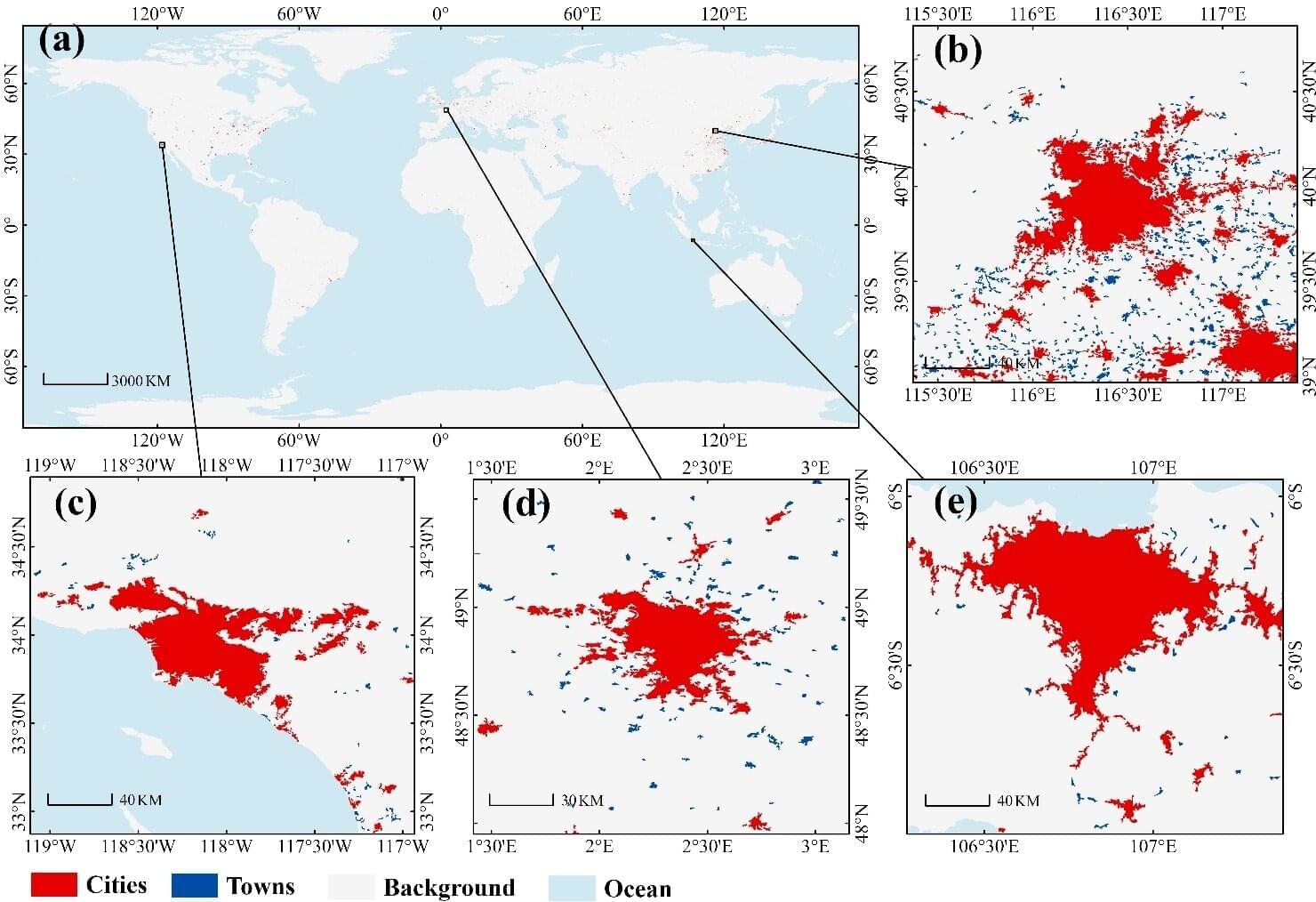
A research team led by Prof. Liu Liangyun from the Aerospace Information Research Institute of the Chinese Academy of Sciences (AIRCAS) has produced the first comprehensive, high-resolution map of global city and town boundaries, offering a view of how urban boundaries have expanded and transformed over the past two decades. The new dataset—derived from 30-meter-resolution satellite observations—fills a long-standing gap in global urban studies.
Cities and towns are the dominant form of human settlement, playing a crucial role in sustaining ecological balance and advancing sustainable development. However, their complex spatial structures and rapid evolution have made high-resolution global urban boundary datasets scarce. To address this gap, the team integrated the GISD30 global impervious surface dynamic dataset with LandScan global population data to develop the Global City and Town Boundaries (GCTB) Dataset, which covers the period from 2000 to 2022.
Published in Scientific Data, the study details the researchers’ development of a morphology-oriented boundary delineation framework that combines kernel density estimation (KDE) and cellular automata (CA) to accurately map urban boundaries. When compared with multiple reference datasets, the GCTB Dataset showed the strongest agreement with the manually curated Atlas of Urban Expansion, achieving an R2 value of approximately 0.88—indicating high reliability in capturing urban extents.
Automation and robotics, particularly with the integration of AI, are transforming industries and poised to significantly impact the workforce, but are likely to lead to a reduction in work hours and increased productivity rather than total job destruction.
## Questions to inspire discussion.
Investment & Market Opportunity.
🤖 Q: What is the revenue potential for robotics by 2025? A: ARK Invest projects a $26 trillion global revenue opportunity across household and manufacturing robotics by 2025, driven by convergence of humanoid robots, AI, and computer vision technologies.
💰 Q: How should companies evaluate robot ROI for deployment? A: Robots are worth paying for based on task-specific capabilities delivering 2–10% productivity gains, unlike autonomous vehicles requiring full job performance—Roomba succeeded despite early limitations by being novel and time-saving for specific tasks.
Implementation Strategy.
